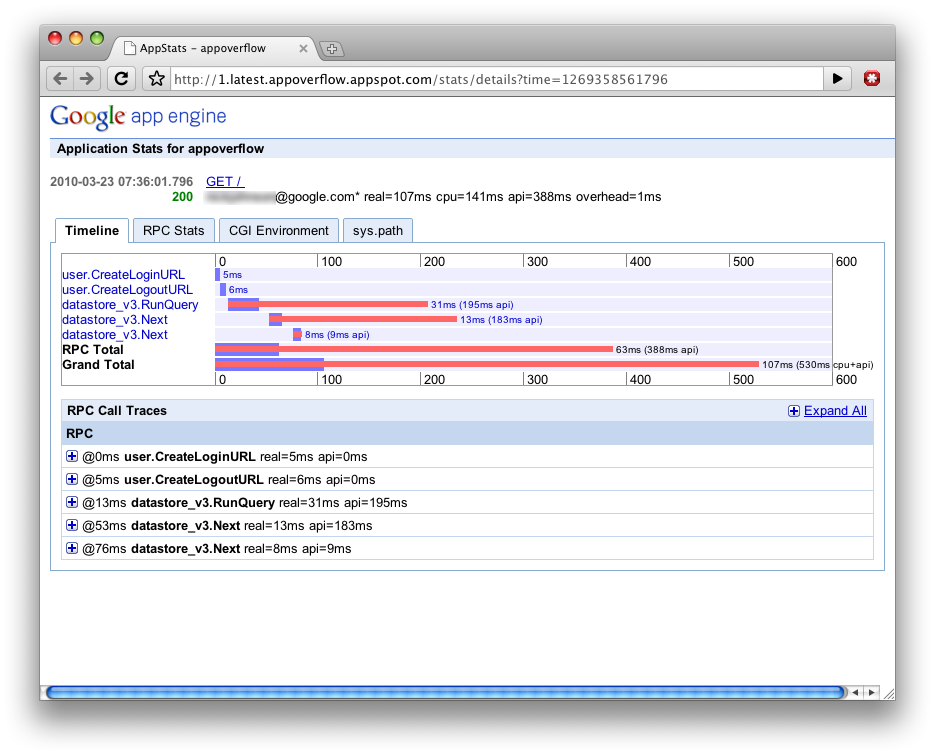Die Google App Engine (GAE) ist eine freie Hosting-Plattform auf der Java Web-Applikationen deployt werden können. Google bietet für die GAP eine Reihe von Diensten an, etwa zur Datenspeicherung, Mail-Versand/-Empfang, Messaging und mehr. Wer sich für die GAE entscheidet und Daten speichern möchte, dem steht quasi unendliche Speicherkapazität zur Verfügung. Google speichert die Daten in einer Cloud, der Google BigTable (http://en.wikipedia.org/wiki/BigTable). Sie ist im Wesentlichen ein riesiger verteilter Assoziativspeicher.
Der Datestore – so wird die Datenspeicher für die Google App Engine genannt – speichert Entities. Eine Entity hat einen Typ (Entity-Kind genannt) und eine Menge von Schlüssel/Werte-Paaren. Eine konkrete Entity für eine Person könnte etwa die Schlüssel-Wert-Menge { name = „Chris“, age = 36 } speichern. Die Entities sind nicht mit klassischen Tabellenzeilen von relationalen Datenbanken zu vergleichen, das sie schemalos sind: Es gibt also keine Spalten mit festen Datentypen. Es können also beliebig viele „Spalten“ für gewisse Entities hinzukommen. Eine Person in der Datastore kann wie im ersten Beispiel Name und Alter speichern, eine andere Person Name und Schuhgröße. Die Anzahl Schlüssel ist wirklich beliebig; eine Tatsache die vom relationalen Design totales Umdenken erfordert.
Zum Zugriff auf den Datastore steht auf unterster Schicht eine Low-Level API (https://developers.google.com/appengine/docs/java/javadoc/com/google/appengine/api/datastore/package-summary). Diese API bietet grundlegende CRUD-Operationen und ist mit 10 Interfaces und etwas mehr als 50 Klassen leicht verständlich und übersichtlich. Wenn eine Person gespeichert werden soll, sieht das so aus:
Entity chris = new Entity( "Person" );
chris.setProperty("name", "chris");
chris.setProperty("age", 20 );
DatastoreService datastore = DatastoreServiceFactory.getDatastoreService();
datastore.put(chris);
Jede Entity ist durch einen Schlüssel gekennzeichnet. Nach dem Speichern einer Entity lässt sich dieser Schlüssel über getKey() erfragen. Ist der Schlüssel bekannt, kann eine Anfrage an den Datastore gemacht werden.
Key key = chris.getKey();
DatastoreService datastore = DatastoreServiceFactory.getDatastoreService();
Entity e = datastore.get( key );
Long age = (Long) alice.getProperty("age");
Die Anfragen werden über den Entity-Typ gestellt, der in Key steckt. Alle Entities haben einen Entity-Kind und die Suche auf dem Datastore ist immer mit diesem Entity-Kind verbunden.
Der Datastore bietet eine hohe Lese- und Anfrage-Geschwindigkeit ist aber nicht unbedingt komfortablen.
https://developers.google.com/appengine/docs/java/datastore/?hl=de gibt auch auf Deutsch ein paar Hinweise. Aufbauend auf dieser Low-Level API implementiert Google die Standards Java Persistence API (JPA) und Java Data Objects (JDO). Im Open-Source-Bereich gibt es noch https://code.google.com/p/objectify-appengine/.



